Key points
- Avocado is a relatively low yielding tree crop due to fruit drop which results not only in yield variation but market instability.
- CSIRO has recently identified the hormonal drivers of fruit drop, with the goal of developing methods to help growers retain more of their crop.
- Stabilising production is key to reducing waste, boosting exports and ensuring year-round avocado availability at more consistent prices.
Australia's love affair with avocados is undeniable – but our brunch habits are at the mercy of a finicky fruit. If you've ever wondered why the price of an avocado can swing wildly from one year to the next, the answer lies deep in the roots of the tree itself.
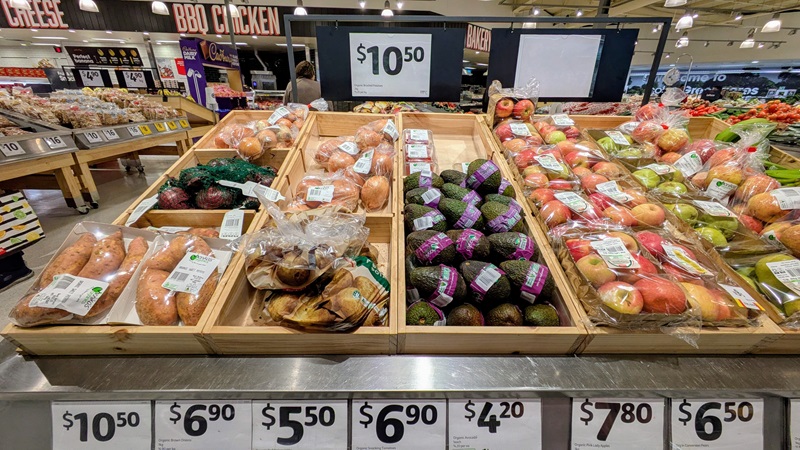
Unlike many other commercial crops, including apple and grape, avocado retains genetic traits of wild tree species and hasn't been optimised for consistent fruit production.
Dr Harley Smith, senior research scientist at CSIRO, said the 'wildness' of avocado makes this tree difficult to manage.
"They're really genetically programmed for survival, not production," he explained.
"They put their energy into growing stems and leaves – not fruit."
What that means in practice is that the tree prioritises leafy growth – stems, shoots and vegetative flushes – over holding onto fruit.
"That draws resources away from immature fruit causing a large portion to drop throughout the growing season," Harley said.
Add in pest pressure and climate variability, and you have an industry that needs to constantly navigate fluctuations as it struggles to match demand with reliable supply.
From tree to trouble: the real cost of fruit drop
It's a tough reality for growers who have invested time, water and labour into nurturing fruit that never makes it to harvest. Ironically, years of low yield can be as unprofitable as years with a glut. In 2024, some North Queensland Shepard crops weren't even harvested due to poor market conditions.
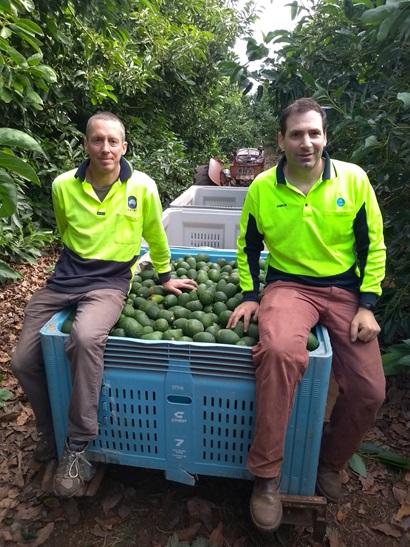
"There's nothing more heartbreaking than going into an orchard and seeing piles of avocados rotting because it would actually cost a grower more money to take the fruit to the market," Harley said.
In his early research career, Harley often questioned whether his work would ever make a practical difference. That changed when he began research on avocado and other horticultural crops.
"You'd hear growers talking about crop losses due to fruit drop – and how frustrating that was," he said.
"It made me realise, this is where I want to work – research with impact that has a chance of being adopted and used."
Fruit, interrupted: cracking the hormonal code
With funding from Hort Innovation and CSIRO, Harley and his team have developed a strong understanding of the physiological and molecular basis of the summer fruit drop event, particularly the hormonal signals that drive it. Based on their results, the team is focused on two key hormones: auxin and ethylene.
"Auxin is driver of fruit growth and development", Harley explained.
"Our results suggest that a suppression of auxin activity initiates fruit drop. Therefore, to reduce fruit drop, auxin levels must be maintained.
"In contrast, ethylene is a key regulator of abscission, the process that separates an organ, leaf, flower and fruit, from the tree. Therefore, suppressing ethylene activity will be critical to block the abscission process during fruit drop."
The team has been testing plant growth regulators that either sustain auxin activity or suppress ethylene – two key hormones involved in fruit growth and drop. The researchers are trialling a practical management approach, where carefully selected plant growth regulators are sprayed onto trees. The aim is for these compounds to be absorbed by the fruit, helping maintain auxin levels or reduce ethylene signalling – ultimately suppressing fruit drop.
Further, to get a more robust method to reduce the summer fruit drop event, Harley's team envisions combining the plant growth regulators with growth retardants that reduce vegetative growth.
"That's where we believe future research must go – targeting the fruit and shoots simultaneously to create an equilibrium that a tree can sustain from year to year. If we can find that nice balance, then that should hopefully stabilise production," Harley said.
More than smashed avo: why this research matters
The stakes are higher than the cost of a café breakfast. According to Avocados Australia , national avocado production grew from 48,715 tonnes in 2013–14 to 150,913 tonnes in 2023–24. Over that same period, export value soared from $5.6 million to $96.1 million.
Despite this growth, Australia remains a small player on the global stage. To expand further, consistency is key.
"To be able to establish robust export markets, growers need to reduce seasonal variation yield," Harley said.
Stabilising yields would also help reduce waste, support stronger export commitments and make pricing more predictable for consumers.
John Tyas, CEO of Avocados Australia, is hopeful that with the research underway the industry will be able to address this.
"Production volatility results in market volatility and that's not good for growers or consumers. Ideally, we would like to have consistent supply all year round and year on year," John said.
"Hopefully, the work being done with CSIRO will help us to achieve this."
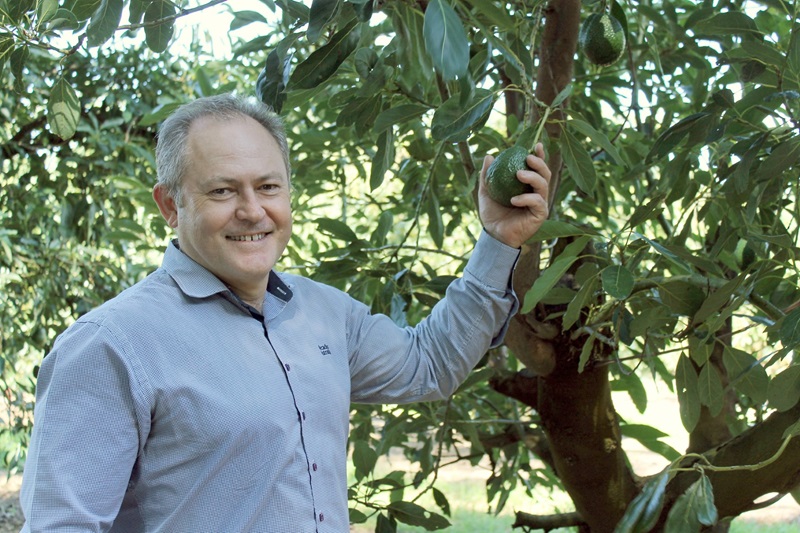
Hass it all: Australia's year-round avocado advantage
Most of Australia's commercial avocados are of the Hass variety – favoured for its flavour, shelf life and easy-to-read ripeness (its skin darkens as it ripens). In 2023–24, Hass accounted for 82 per cent of production – up six per cent from the previous year.
One of the avocado industry's advantages in Australia is its extended harvest season. Thanks to the country's varied growing regions, fresh avocados are available year-round. Harvest begins in North and Central Queensland, moves through the tri-state region, and continues in coastal Western Australia from late July. The season finishes in inland southwest WA between November and January.
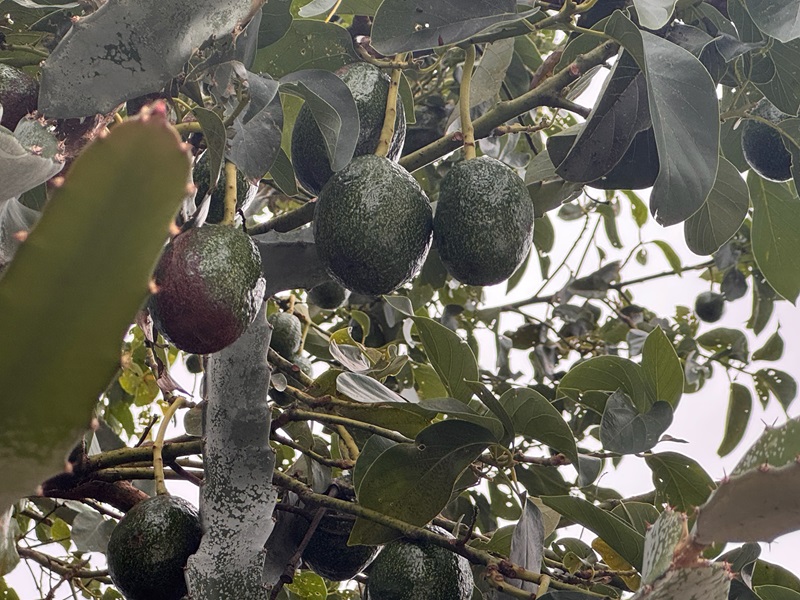
"It's grown in a lot of diverse environments in Australia, and that's part of what makes it harder to develop one-size-fits-all solutions," Harley said.
What works in one region may not apply in another.
Avocados and the future of food
Growing up in California, Harley learned to love avocados early – and they remain a family favourite. Their appeal is obvious: they're packed with fibre, healthy fats and vitamins, and they suit a wide range of diets.
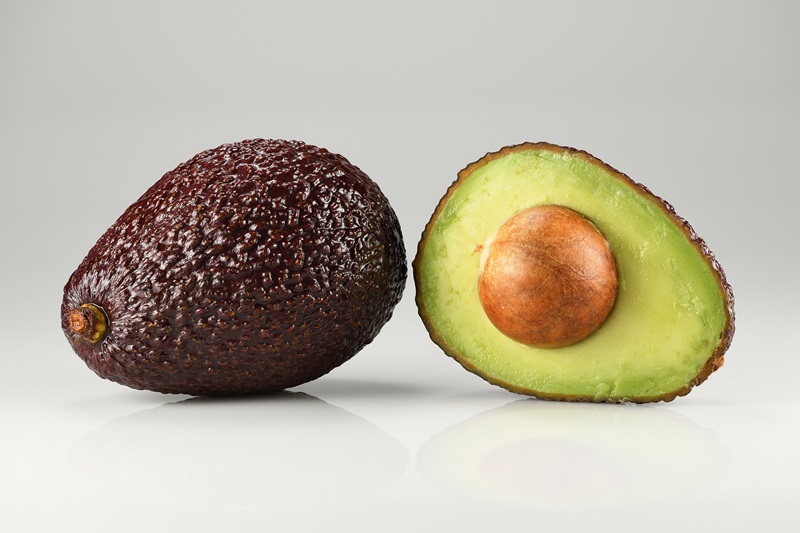
CSIRO's National Stocktake of Australia's Food System has revealed that while our food system is high-performing by global standards, it's also facing rising pressure – from climate change, resource constraints, and economic and health challenges.
The report highlights the need for targeted innovation to reduce waste, improve resilience and unlock new market opportunities. Harley's research ticks all those boxes.
The hormonal studies underway could lead to tools that help growers hold onto more of their fruit, smoothing out production variability and making Australian avocados more competitive internationally.
As Australia's food system adapts to climate challenges and shifting global demand, science like this will help ensure we can deliver nutritious, high-quality food – and maybe a few more affordable avos – well into the future.






